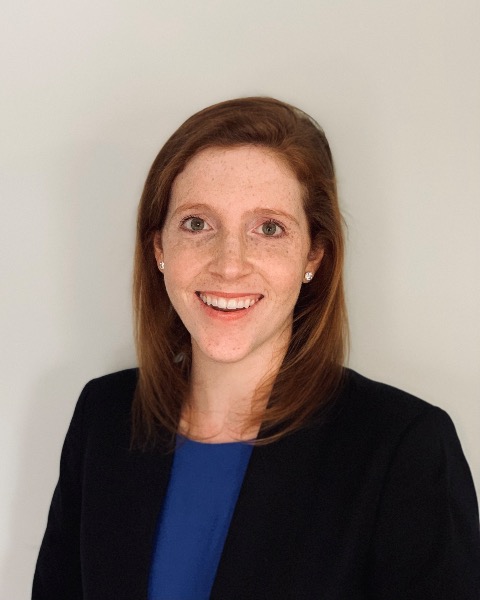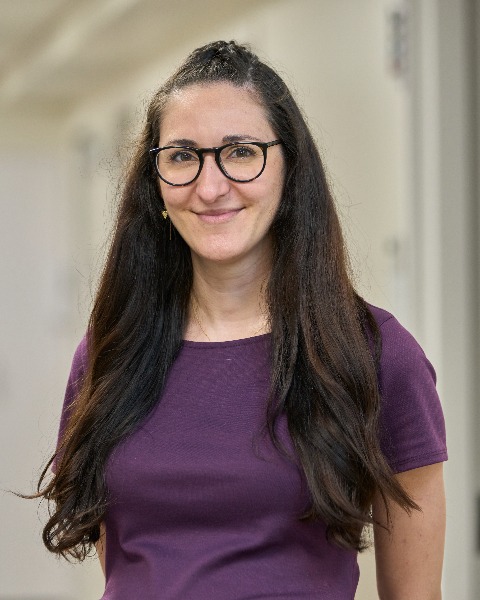Category: Operative Obstetrics
Poster Session I
(179) Is obesity associated with increased adverse outcomes among forceps assisted vaginal deliveries?
The relationship between body mass index (BMI) and obstetric anal sphincter injury (OASIS) at delivery is controversial. Studies report both increased and decreased rates of OASIS at the time of delivery with increasing BMI. The objective of this study was to assess the relationship between obesity and adverse outcomes, including OASIS, specifically among patients with forceps assisted vaginal deliveries (FAVD).
Study Design: Retrospective cohort study of term singleton gestations who underwent a FAVD at a single institution between 2017-2021. Primary outcome was rate of OASIS in patients with obesity (BMI ≥ 30) compared to those without obesity (BMI < 30). Secondary outcomes included NICU admission, composite of neonatal sub-galeal and cephalohematoma (adverse neonatal composite), and quantitative blood loss (QBL). QBL was assessed using Mann-Whitney U test. All other outcomes were assessed using multivariable random-intercept logistic regression adjusting for clinically significant confounders.
Results: 897 patients were included: 637 (71%) with BMI < 30 and 260 (29%) with BMI ≥ 30. Patients with BMI ≥ 30 were more likely to be african-american, hispanic, a former tobacco user, admitted in spontaneous labor, and were more likely to undergo episiotomy (Table 1). BMI ≥ 30 was not associated with an increased risk of OASIS compared to those with a BMI < 30 (OR 0.89 [0.56, 1.42], Table 2). Additionally, when BMI was assessed as a continuous variable, there was no association between OASIS and increasing BMI (OR 0.96 [0.92, 1.01]). There was no statistically significant difference in NICU admission (Table 2), adverse neonatal composite (Table 2) or QBL (350cc vs 380cc, p=0.10) between the two groups, importantly, cephalohematoma rates in both groups were higher than previously reported rates (10%) in existing literature.
Conclusion: Obesity does not appear to be associated with increased rates of OASIS, NICU admission, adverse neonatal composite, or QBL among patients who undergo FAVD.

Elizabeth Cochrane, MD (she/her/hers)
Mount Sinai Hospital
New York, New York, United States- TD
Tahera Doctor, BS
Icahn School of Medicine at Mount Sinai
New York, New York, United States - CS
Catherine Stratis, BA
Icahn School of Medicine at Mount Sinai
New York, New York, United States - SR
Sarah Roger, BS, MD
Icahn School of Medicine at Mount Sinai
New York, New York, United States - KW
Kelly Wang, MPH
Icahn School of Medicine at Mount Sinai
New York, New York, United States - CG
Chloe Getrajdman, MD
Icahn School of Medicine at Mount Sinai
New York, New York, United States - GS
Guillaume Stoffels, PhD
Statistician
Icahn School of Medicine at Mount Sinai
New York, New York, United States 
Camila Cabrera, MD (she/her/hers)
MFM Fellow
Mount Sinai Hospital
New York, New York, United States- KP
Keisha Paul, MS
Mount Sinai Hospital
Manhattan, New York, United States - HR
Henri Rosenberg, MD
Icahn School of Medicine at Mount Sinai
New York, New York, United States - LF
Lauren Ferrara, MD
Mount Sinai Hospital
Manhattan, New York, United States - AB
Angela Bianco, MD
Attending Physician
Mount Sinai Medical Center
New York, New York, United States 
Chelsea A. DeBolt, MD
MFM Fellow
Icahn School of Medicine at Mount Sinai
New York, New York, United States

.png)
